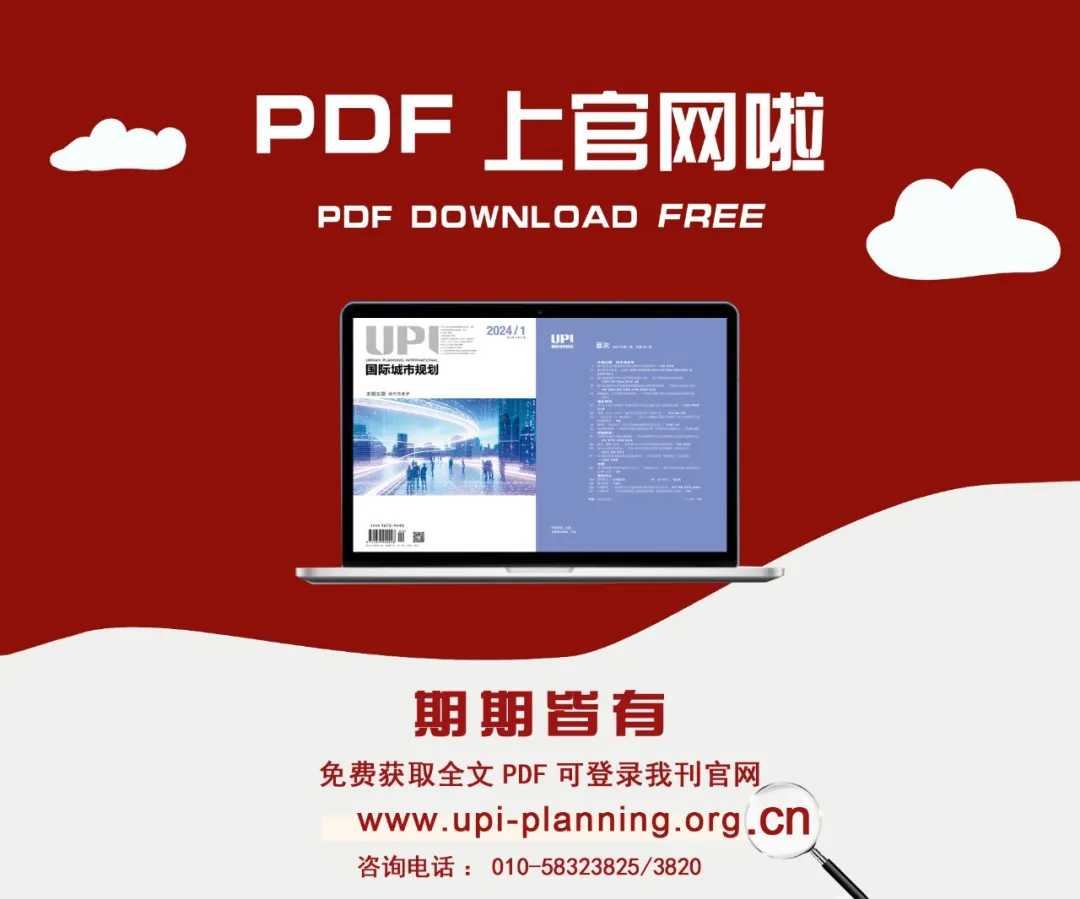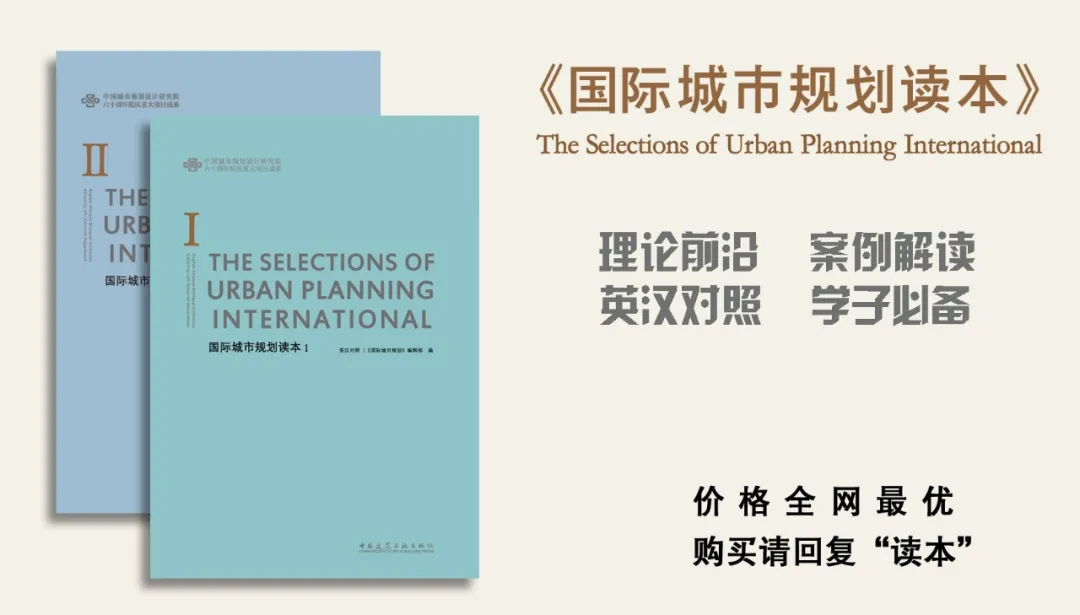为了更好地传播知识,推动期刊国际合作,本刊与《城市研究》(Urban Studies)杂志达成网络合作,不定期推送友刊的精选文章摘要。读者们可以借此了解国际城市研究的新动向,同时学习城市研究领域学术英文的正规表达。欢迎大家批评指正。
Small is beautiful? Making sense of ‘shrinking’ homes
Abstract: Current land pressures in the world cities of the global North are encouraging a move towards denser urban living and the development of smaller homes than has been the case for many decades. While this appears environmentally beneficial when compared with the alternative of suburban sprawl, it comes at a cost: the number of extremely small homes appears to be increasing particularly rapidly, with less communal and public space available to those living in compact homes which offer little room for socialising, storing possessions or working from home. Drawing specifically on the experience of England and Wales, with a focus on the overheated property market in London, this commentary sets out an international agenda for the study of small homes, noting the growing evidence of the negative impact of dense urban living on mental and physical health, home-working and familial and intimate relations, as well as its failure to solve the crisis of affordability. The article suggests that rather than being a reasoned response to the housing and environmental crises, the phenomenon of ‘shrinking homes’ indicates the growing role of finance in the development of cities, suggestive of the way that developers are extracting maximum value from restricted urban sites in an era of planning deregulation. In conclusion, the commentary argues that urban scholarship needs to compile more evidence of space inequality in cities, pushing for policies designed to enforce minimal space standards while reducing the ability of the wealthy to construct very large homes.
摘要:目前,全球北方城市的土地压力正在促使城市生活向更密集的方向发展,并且建造了过去几十年以来最小的住宅。虽然与郊区蔓延相比,这种做法似乎对环境有益,但它也是有代价的——超小型住宅的数量似乎增长得特别快,但居住在其中的居民可利用的公共空间越来越少,几乎没有空间用于社交、储存物品或在家工作。本文特别借鉴了英国英格兰和威尔士的经验,重点关注伦敦过热的房地产市场,提出研究小型住宅的国际议程。越来越多的证据表明,密集的城市生活对身心健康、居家办公以及家庭和亲密关系产生了负面影响,而且无法解决住房负担能力危机。本文认为,“住房缩水”现象并非对住房和环境危机的合理回应,而是表明金融在城市发展中发挥的作用日益增强,显示了开发商在规划放松管制的时代如何从受限的城市地块中获取最大价值。最后,本文认为,城市学术研究需要收集更多有关城市空间不平等的证据,推动制定最低空间标准政策,同时降低富人建造超大住宅的能力。
Keywords: class, governance, housing, planning, policy
原文地址:https://doi.org/10.1177/00420980241249049
Rezoning a top-notch CBD: The choreography of land-use regulation and creative destruction in Manhattan’s East Midtown
一流中央商务区的重新区划——曼哈顿中城东区土地使用监管和创造性破坏的设计
Abstract: This paper makes the case for the connection between making land-use regulatory changes and the process of destruction and redevelopment. Under the capitalist imperative, buildings that do not fulfil the full potential for profit are likely to be demolished (or refurbished) but demolition and new development are not shaped exclusively by the immutable laws of the market as they are mediated and facilitated by specific institutional contexts. Using the case of East Midtown rezoning in New York City, the paper examines the amendments of two land-use regulatory mechanisms: the enlargement of development rights (rezoning or upzoning) and the relaxation of the spatial limitations on the usage of existing unused rights (transferable development rights). While apparently unconnected, upzoning and transferable development rights are part of the regulatory framework that seeks to secure the ongoing generation of the highest-possible profits for private as well as public interests. By examining the choreography of rezoning and transferable development rights, the paper shows how the mechanics of creative destruction work while substantiating an existing body of knowledge on land use policies and practices in New York City. When used together, rezoning and transferable development rights are instrumental in remaking the built environment. Essentially, the rezoning of a 78-block area in East Midtown Manhattan unlocks captured and latent development rights that otherwise could not come about, and demonstrates the necessity of institutional arrangements to make creative destruction actually work.
摘要:本文阐明了土地利用监管变化与破坏和重建过程之间的联系。在资本主义的要求下,没有充分发挥盈利潜力的建筑物可能会被拆除(或翻新),但拆除和新开发并不完全由一成不变的市场规律决定,因为它们是由具体的制度环境来调节和促成的。本文以纽约市中城东的重新区划为例,考察了两种土地利用监管机制的修订,即扩大开发权(重新区划或升级分区)和放宽对现有未使用权利使用的空间限制(可转让开发权)。重新分区和可转让开发权之间看似互不关联,实则是监管框架的一部分,旨在确保为私人也为公众持续产生尽可能高的利润。通过考察重新区划和可转让开发权的设计,本文展示了创造性破坏的机制如何发挥作用,同时证实了纽约市土地利用政策和实践的现有知识体系。重新区划和可转让开发权的同时使用有助于重塑建成环境。从本质上讲,曼哈顿中城东区78个街区的重新区划释放了原本无法实现的既得的和潜在的开发权,并表明了要使创造性破坏真正发挥作用,制度安排是必要的。
Keywords: built environment, CBD, land use, real estate, redevelopment/regeneration, rezoning
关键词:建成环境、中央商务区、土地利用、房地产、再开发/更新、重新区划
原文地址:https://doi.org/10.1177/00420980231208623

Mapping policy pathways: Urban referencing networks in public art policies
Noga Keidar(以色列耶路撒冷希伯来大学)
Daniel Silver(加拿大多伦多大学)
Abstract: This article examines the dynamics of inter-referencing between cities and develops the concept of the ‘Urban Referencing Network’ as a representation of the references made by cities to one another in policy documents. The study employs public art policies, specifically the Percent for Art policy, to investigate the structure of inter-referencing within the urban referencing network. Using a corpus of policy documents from 26 Anglophone cities with over one million residents, we analyse 150 documents containing 2178 inter-references. Combining network measurements and regressions, we explore the emergence of central nodes and the mechanisms influencing their formation. The broader field of arts and cultural policies, with its extensive inter-urban connections and professional networks, provides fertile ground for studying urban referencing networks. By integrating literature on policy mobility and urban networks, this study contributes to a deeper understanding of the circulation of urban ideas and the interplay between cities in policy-making processes. The results demonstrate that only a few cities, including New York, Chicago, London, Seattle, Los Angeles, and Montreal, emerge as central nodes, attracting the other cities’ attention. Attributes of the referenced cities, like economic importance, iconicity and early adoption, determine to a great extent who are the most central nodes.
摘要:本文研究了城市之间相互参考的动态,并提出了“城市参考网络”的概念,描述各城市在政策文件中相互参考的现象。本文基于公共艺术政策,特别是“艺术百分比”政策,考察了城市参考网络内的相互参考结构。我们利用一个政策文件语料库,分析了包含2178处相互参考的150个文件。这些政策文件来自26个居民人数超过100万的英语城市。我们结合网络测量和回归分析,探讨了中心节点的出现以及影响其形成的机制。更广泛的艺术和文化政策领域拥有广阔的城市间联系和专业网络,为研究城市参考网络提供了沃土。通过整合有关政策流动性和城市网络的文献,本研究有助于更深入地了解城市思想的流通以及城市在政策制定过程中的相互作用。研究结果表明,只有纽约、芝加哥、伦敦、西雅图、洛杉矶和蒙特利尔等少数城市成为中心节点,吸引了其他城市的关注。被参考的城市的属性,如经济重要性、标志性和对于政策的先行采纳,在很大程度上决定了哪些城市是最中心的节点。
Keywords: comparative urbanism, public art, policy mobility, urban networks, urban space
关键词:比较城市研究、公共艺术、政策流动性、城市网络、城市空间
原文地址:https://doi.org/10.1177/00420980231206853

Reclaiming data for improved city governance: Barcelona’s New Data Deal
Fernando Fernandez-Monge(英国伦敦大学学院;美国哈佛大学)
Sarah Barns(澳大利亚昆士兰科技大学)
Rainer Kattel(英国伦敦大学学院)
Francesca Bria(英国伦敦大学学院)
Abstract: Cities today are key sites for the operation of global digital marketplaces. It is on the curbsides and at the intersections of cities where technology companies and digital platforms gain access to valuable urban data to be used in the delivery of data-driven services. In this context, urban data ownership and control have become a central policy arena for smart city governance. This article argues that, given the increased policy activism by city governments, there is an urgent need to better understand the key goals and instruments deployed by cities to resist corporate control of urban data. It first reviews the treatment of the topic by different strands in the literature on smart city governance and then uses the ‘New Data Deal’ programme launched by the city of Barcelona to draw empirical data from one of the author’s involvement leading the programme, interviews with actors involved in the programme as well as from key policy and evaluation documents. By studying the design and implementation of Barcelona’s ‘New Data Deal’, an early mover and leading reference in the academic and policy debates, the article presents the key successes, limitations and tensions faced by a city government trying to regain access and control over urban data, including a reflection on the role that city governments can play in shaping a global agenda around improved data governance.
摘要:当今的城市是全球数字市场运营的关键场所。正是在城市的各处街沿和路口,技术公司和数字平台得以访问宝贵的城市数据,用于提供数据驱动的服务。在此背景下,城市数据所有权和控制权已成为智慧城市治理的核心政策领域。本文认为,鉴于城市政府的政策积极性不断增强,它们迫切需要更好地了解城市为抵制企业控制城市数据而制定的关键目标和措施。本文首先回顾了有关智慧城市治理的不同文献对该主题的论述,然后利用巴塞罗那市发起的“新数据协议”计划获取实证数据。数据来源包括:参与领导该计划的一位作者,对该计划的参与者的访谈,以及关键政策和评估文件。通过研究巴塞罗那市的“新数据协议”计划的设计和实施(作为学术和政策争论中的先行案例和领先参考),本文介绍了市政府在试图重新获得对城市数据的访问权和控制权时所取得的关键成功,以及面临的局限因素和压力,并反思市政府在塑造面向改进数据治理的全球议程方面可以发挥的作用。
Keywords: Barcelona, city governance, data ownership, open data, platform urbanism, smart city, urban data
关键词:巴塞罗那、城市治理、数据所有权、开放数据、平台城市化、智慧城市、城市数据
原文地址:https://doi.org/10.1177/00420980231204835

Urban Studies 文章精选(242-245)
Urban Studies 文章精选(246-250)
Urban Studies 文章精选(251-254)
排版 | 顾春雪
推介 Urban Studies 期刊的最新文章和城市研究的最新动态
搭建中国城市研究学者交流切磋的学术平台
原文始发于微信公众号(国际城市规划):期刊导航 | Urban Studies文章精选(255-258)








 规划问道
规划问道










